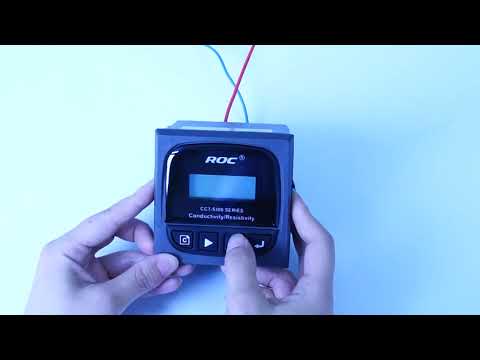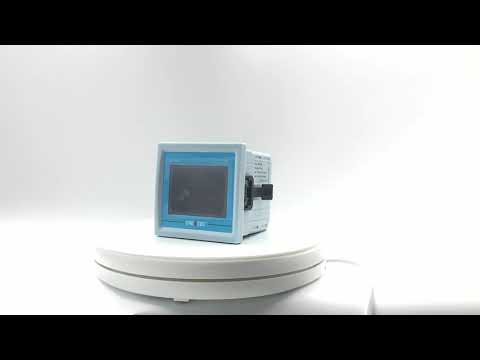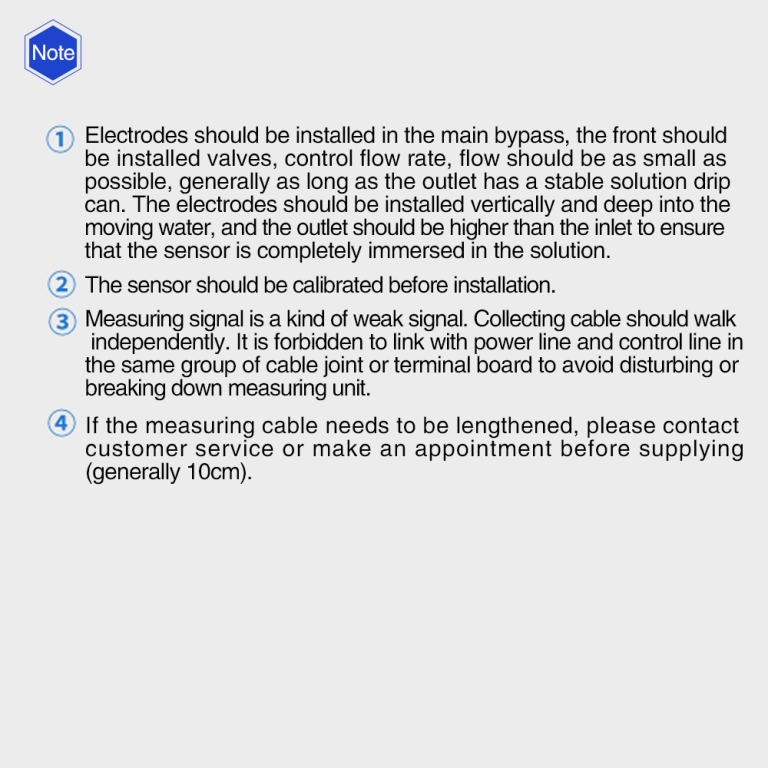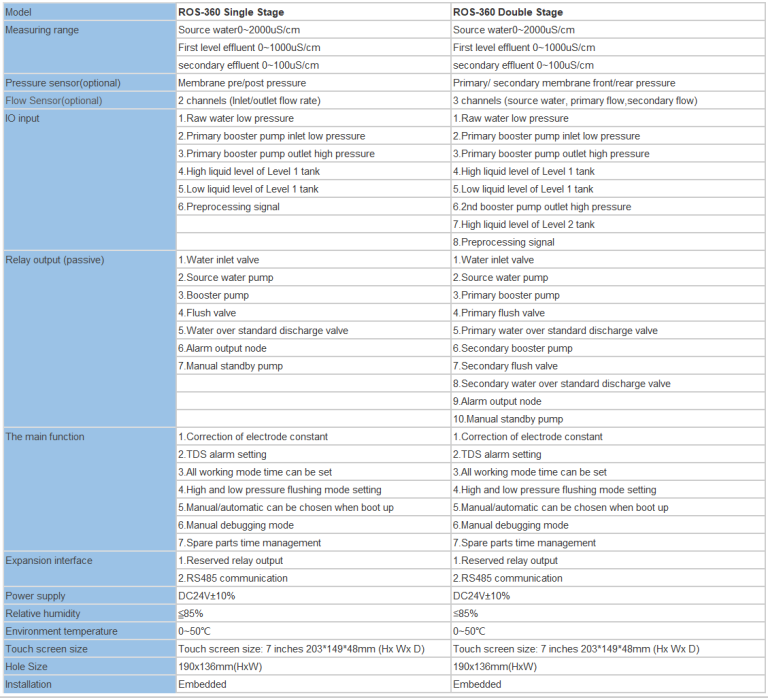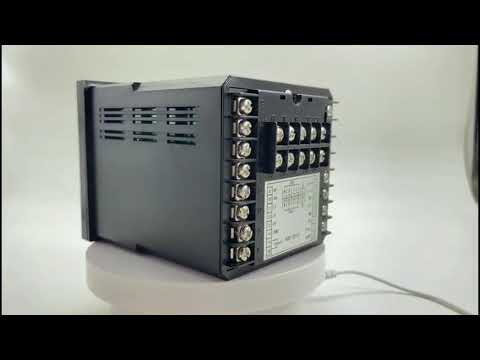Table of Contents
Introduction to Magnetic Flow Transmitter:
Introduction to Magnetic Flow Transmitter
In the world of industrial instrumentation, there are various devices that play a crucial role in measuring and controlling different process variables. One such device is the magnetic flow transmitter. This article aims to provide an informative overview of what a magnetic flow transmitter is and its significance in industrial applications.
A magnetic flow transmitter, also known as a magnetic flowmeter or magmeter, is a type of flowmeter used to measure the flow rate of conductive fluids. It utilizes the principles of Faraday’s Law of electromagnetic induction to accurately determine the flow rate of a fluid passing through a pipe or conduit.
The basic principle behind a magnetic flow transmitter is the interaction between a magnetic field and an electrically conductive fluid. The device consists of a flow tube, which is typically made of non-magnetic material such as stainless steel, and a pair of electrodes that are placed perpendicular to the flow of the fluid. The flow tube is equipped with a series of coils that generate a magnetic field when an electric current is passed through them.
When the conductive fluid flows through the flow tube, it acts as a conductor and cuts the magnetic field lines generated by the coils. According to Faraday’s Law, this movement induces a voltage in the fluid, which is directly proportional to the velocity of the fluid. The induced voltage is then measured by the electrodes, and this information is used to calculate the flow rate.
One of the key advantages of magnetic flow transmitters is their ability to measure the flow rate of a wide range of conductive fluids, including corrosive and abrasive substances. This makes them suitable for various industries such as water treatment, chemical processing, food and beverage, and pharmaceuticals, among others.
Furthermore, magnetic flow transmitters offer high accuracy and reliability in flow measurement. They are not affected by changes in fluid density, viscosity, or temperature, making them ideal for applications where precise flow control is essential. Additionally, their non-intrusive design eliminates the need for moving parts, resulting in minimal maintenance requirements and increased longevity.
In terms of installation, magnetic flow transmitters are relatively easy to set up. They can be installed in both horizontal and vertical pipelines, and their non-obstructive design ensures minimal pressure drop across the flow tube. However, it is crucial to ensure that the fluid being measured is electrically conductive for accurate readings.
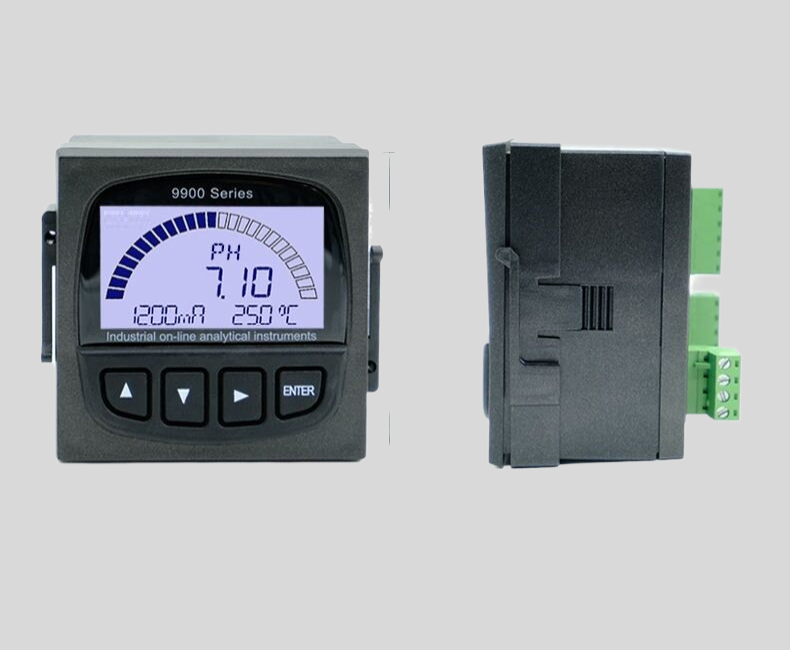
In conclusion, magnetic flow transmitters are essential instruments in the field of industrial flow measurement. They provide accurate and reliable flow rate data for a wide range of conductive fluids, making them indispensable in various industries. Their non-intrusive design, high accuracy, and versatility make them a preferred choice for flow measurement applications. Whether it’
– Magnetic flow transmitter is a type of flow meter used to measure the flow rate of conductive fluids in various industries
What is Magnetic Flow Transmitter?
Magnetic flow transmitters are essential devices used in various industries to measure the flow rate of conductive fluids accurately. This type of flow meter utilizes the principle of electromagnetic induction to determine the velocity of a fluid passing through a pipe or conduit. By understanding the basics of magnetic flow transmitters, we can appreciate their significance and broad applications.
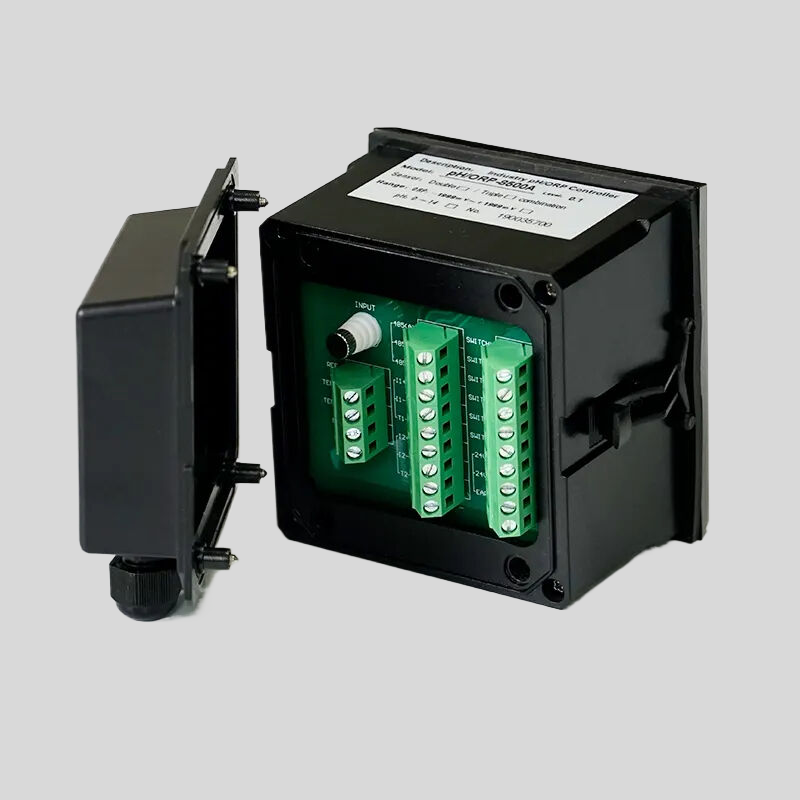
To begin with, it is crucial to understand the working principle of magnetic flow transmitters. These devices operate based on Faraday’s law of electromagnetic induction, which states that a voltage is induced in a conductor moving through a magnetic field. In the context of a magnetic flow transmitter, the fluid acts as the conductor, and the magnetic field is created by passing a current through coils surrounding the pipe.
| Model | pH/ORP-1800 pH/orp meter |
| Range | 0-14 pH; -1600 – +1600mV |
| Accuracy | ±0.1pH; ±2mV |
| Temp. Comp. | Manual/Automatic temperature compensation; No Comp. |
| Oper. Temp. | Normal 0~50℃; High temp 0~100℃ |
| Sensor | pH double/triple sensor; ORP sensor |
| Display | 128*64 LCD Screen |
| Communication | 4-20mA output/RS485 |
| Output | High/Low limit dual relay control |
| Power | AC 220V±10% 50/60Hz or AC 110V±10% 50/60Hz or DC24V/0.5A |
| Working Environment | Ambient temperature:0~50℃ |
| Relative humidity≤85% | |
| Dimensions | 96×96×100mm(H×W×L) |
| Hole Size | 92×92mm(H×W) |
| Installation Mode | Embedded |
The flow transmitter consists of a flow tube, which is a non-magnetic conduit through which the fluid flows. The inner surface of the tube is typically lined with a non-conductive material to ensure the accuracy of the measurements. Surrounding the flow tube are the coils that generate the magnetic field. As the fluid flows through the tube, it creates a voltage proportional to the flow rate, which is measured by electrodes placed at specific locations along the tube.
One of the primary advantages of magnetic flow transmitters is that they can accurately measure the flow of conductive fluids, including liquids that contain suspended solids or abrasive particles. This versatility makes them suitable for a wide range of applications, including water and wastewater treatment plants, chemical processing plants, food and beverage production facilities, and the pharmaceutical industry.
Moreover, magnetic flow transmitters offer excellent accuracy and repeatability, making them highly reliable for process control and monitoring. They can measure flow rates ranging from a few milliliters per minute to thousands of gallons per minute, depending on the size of the flow tube and the specific requirements of the application.
| Model | EC-1800 online conductivity controller |
| Range | 0-2000/4000uS/cm 0-20/200mS/cm |
| 0-1000/2000PPM | |
| Accuracy | 1.5%, 2%, 3%(FS) |
| Temp. Comp. | Automatic temperature compensation based on 25℃ |
| Oper. Temp. | Normal 0~50℃; High temp 0~120℃ |
| Sensor | C=0.1/1.0/10.0cm-1 |
| Display | 128*64 LCD Screen |
| Communication | 4-20mA output/2-10V/1-5V/RS485 |
| Output | High/Low limit dual relay control |
| Power | AC 220V±10% 50/60Hz or AC 110V±10% 50/60Hz or DC24V/0.5A |
| Working Environment | Ambient temperature:0~50℃ |
| Relative humidity≤85% | |
| Dimensions | 96×96×100mm(H×W×L) |
| Hole Size | 92×92mm(H×W) |
| Installation Mode | Embedded |
In addition to their accuracy, magnetic flow transmitters are known for their low-pressure drop, which minimizes the energy consumption required to move the fluid through the system. This is particularly important in applications where energy efficiency is a key consideration.
Furthermore, magnetic flow transmitters are relatively easy to install and maintain. They do not have moving parts that can wear out or get clogged, reducing the need for frequent maintenance and ensuring long-term operational reliability.
In conclusion, magnetic flow transmitters are indispensable instruments used in a wide range of industries to measure the flow rate of conductive fluids accurately. By leveraging the principles of electromagnetic induction, these devices provide reliable and precise measurements, making them essential for process control and monitoring. With their versatility, low-pressure drop, and ease of installation, magnetic flow transmitters have become a preferred choice for


